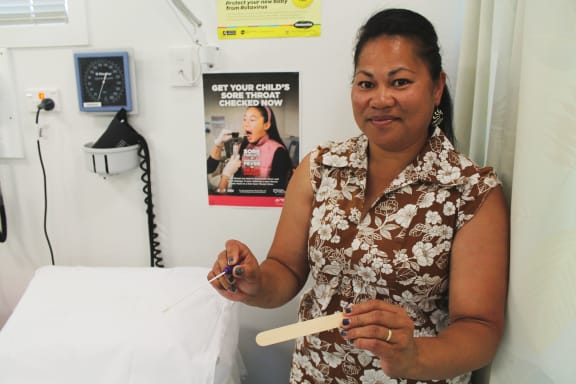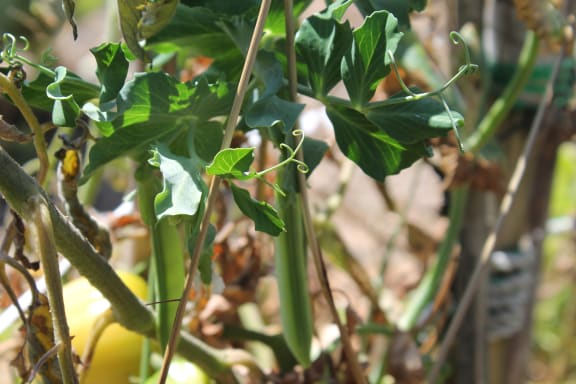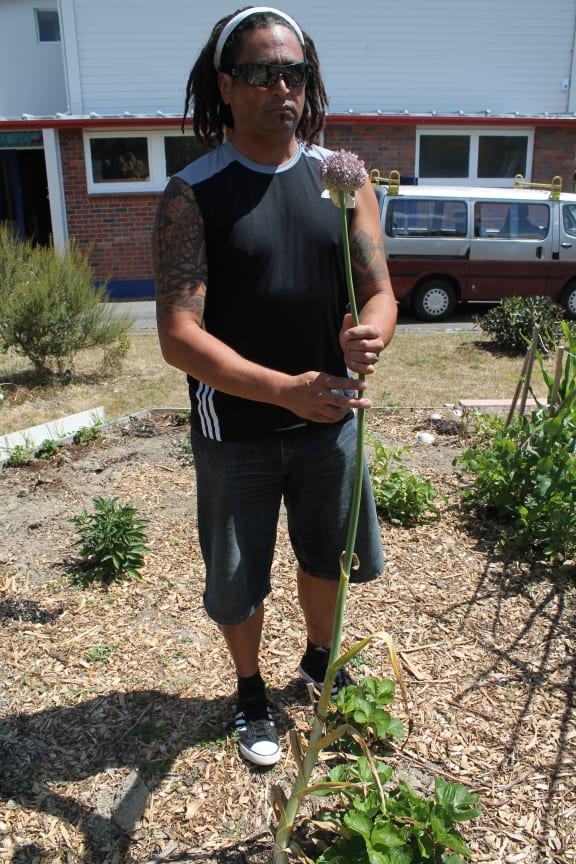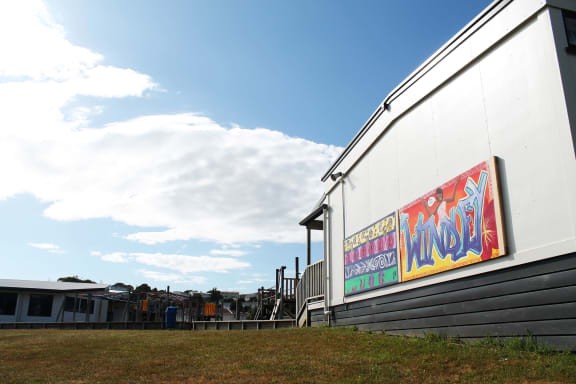Contraband cookies, crisps, or candy in a lunchbox are quickly reported to teachers by health conscious child informants.
“The kids are good policemen of that, they’ll come up quickly and say someone’s got chippies because they’re usually jealous,” says Glenview School deputy principal Lester Mohi.
“They will tell on [them] in the blink of an eye. Good informant system, it’s positive though.”
Bad-snack snitches are an unforeseen side effect of the Porirua primary school’s healthy eating policy. A policy that includes a ban on junk food, provides fruit and milk, and a community garden.
“Our healthy eating policy has been recognised by the heart foundation and we boast the most awards in the entire country,” Lester says.
“So I definitely see that as one of the reasons that perhaps links into our kids’ positive health and modelling of those kinds of practices that they can take into their adulthood and hopefully into the parenting of their children.”
Porirua has high rates of rheumatic fever, particularly affecting children, and a recent study suggests a connection between sugar and the illness.
So the school’s focus is on preventative measures to instill good habits from the start and stop health issues from forming.
Windley School has a similar ideology promoting exercise, and teaming up with organisations that provide free breakfasts, fruit and milk for the students to help build a strong immune system; the best defense against rheumatic fever.
But it doesn’t go so far as to ban certain foods.
“If they’re getting food from home to bring to school we think that’s a good idea,” principal Rhys McKinley says.
“Most foods, we just let them have... if you put in a food policy they might turn up with nothing.”
Establishing healthy practices is a long term solution with regular throat swabbing of students in schools taking place to catch streptococcal, or strep, throat which can lead to rheumatic fever.
Practice nurse, Litia Gibson, at the Porirua Union and Community Health Service can swab up to ten throats a day.
She says a whole range of factors contribute to the high rates of rheumatic fever such as poor housing, low incomes, and a lack of health literacy.
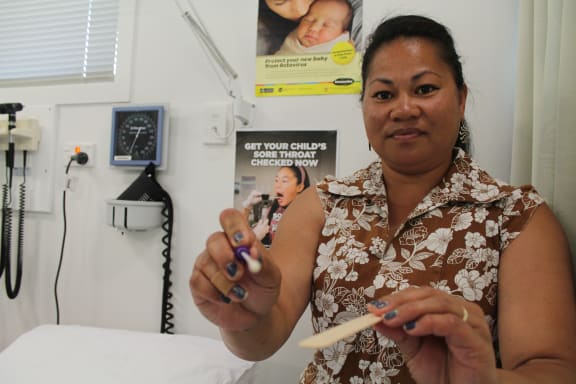
Practice Nurse Litia Gibson says reducing rates of rheumatic fever is often opportunistic work involving testing entire families when just one member is ill. Photo: RNZ Daniela Maoate-Cox
“It’s very hard to try to get into somebody’s house and teach them to clean their own home but when we get them out here we try and capture all of that in the discussions that comes out of those visits with mum and dad,” she says.
“The effects of those kind of social issues that impacts on their overall health, [on] the children who’ve got no voice, without mum raising those issues, or dad, they do tend to come in quite a lot so we see quite a lot of recurrent sore throats throughout the year.”
But Litia says the situation is improving.
“Most of our families have come in with a better reflection of how they carry out their home management of their health and every time we raise the bar of the discussion.”
“We do it for a greater cause, it’s not just for what we do here in the community, it impacts on the nation, we don’t want to fall into a health care system that doesn’t look after it’s own people.”
For more information on rheumatic fever visit the Ministry of Health website here.




